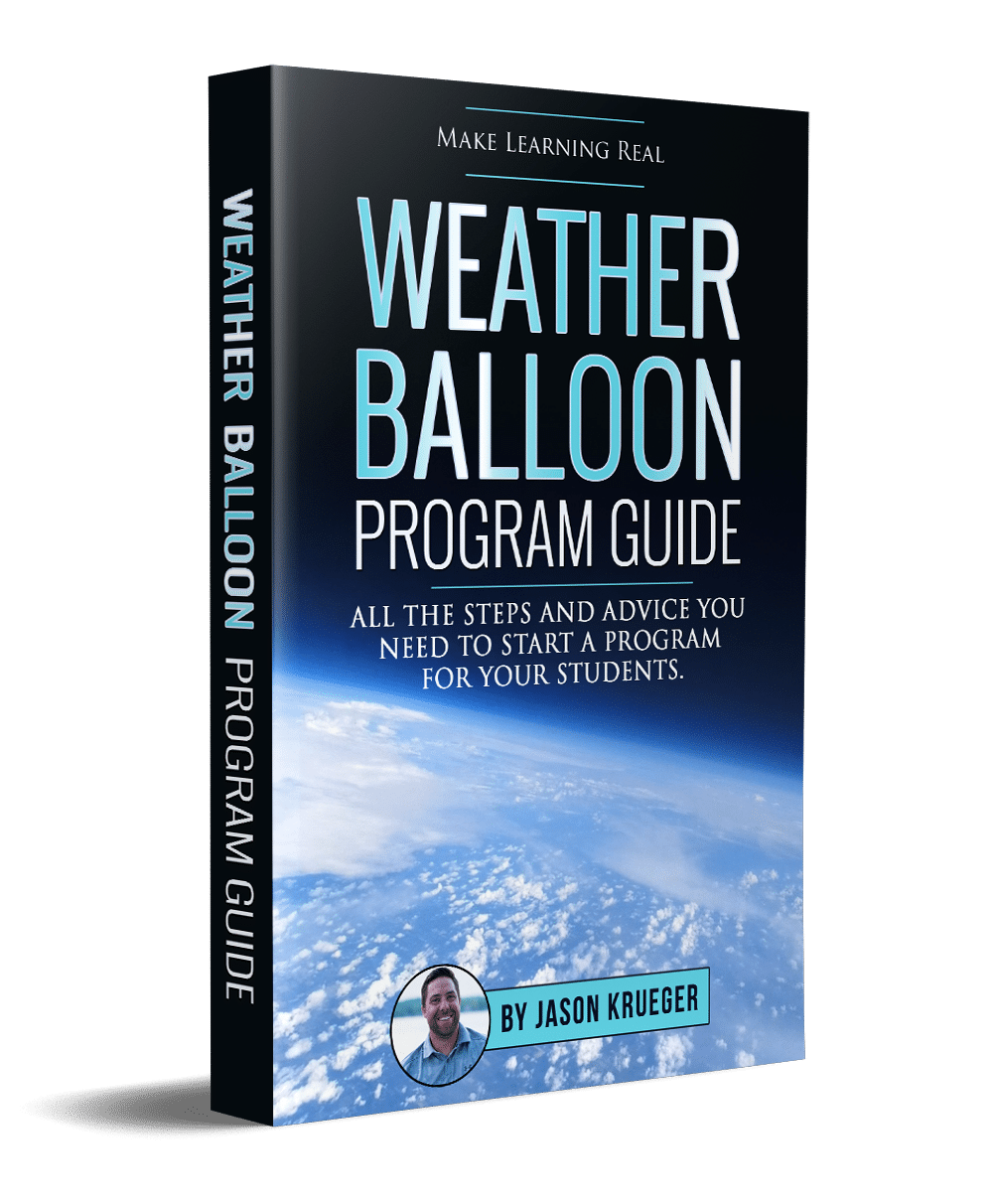Since before the Apollo astronauts first took a step on the moon, mankind has been fascinated with exploring space and the stars. Since the early days of hypothesising and staring at wide open fields of stars, we’ve been jumping at the chance to jet off into the deep unknown. In 1968, NASA sent a manned mission to the moon. That was the year Neil Armstrong walked on the surface of the moon and we started to explore deep space.
The Apollo Missions
Apollo wasn’t just the name of several manned missions to deep space. It was actually the name of an entire NASA program that consisted of 11 space flights. And, Neil Armstrong wasn’t the only person to walk on the moon. In total, 12 men walked on the lunar surface. The astronauts who flew on the Apollo missions aren’t the same as other astronauts. Why? The Apollo missions were different because the astronauts actually went outside of the earth’s “magnetosphere,” which is the region surrounding the planet where its own magnetic field dominates. The magnetosphere actually causes galactic cosmic rays and solar particles to move around the Earth.
It’s the radiation from these activities that are causing scientists to still make discoveries about the effects deep space has on our bodies.
Men and Women Have Different Experiences
The effects of deep space on men and women have been different. For example, women, occasionally, have a problem regulating blood pressure, also known as orthostatic hypotension, after being exposed to weightlessness. Men, on the other hand, typically experience more heart issues than women do as a result of time spent in deep space. When it comes to common health risks, men and women have both experienced brittle bones, balance issues, and other heart problems.
More Deep Space Exploration To Come
Many of the impacts deep space have on the body aren’t fully understood. Scientists agree that in order to truly understand the radiation exposure and the effects it has on the body, but research needs to be done. In the meantime, mankind will continue to explore space in every way possible.
Did you know that you can explore part of space with your classroom? Whether you are a teacher or a student, Stratostar can help you design and send an experiment up into near space. This is a great way to learn more about space, STEM education, and project-based learning.



